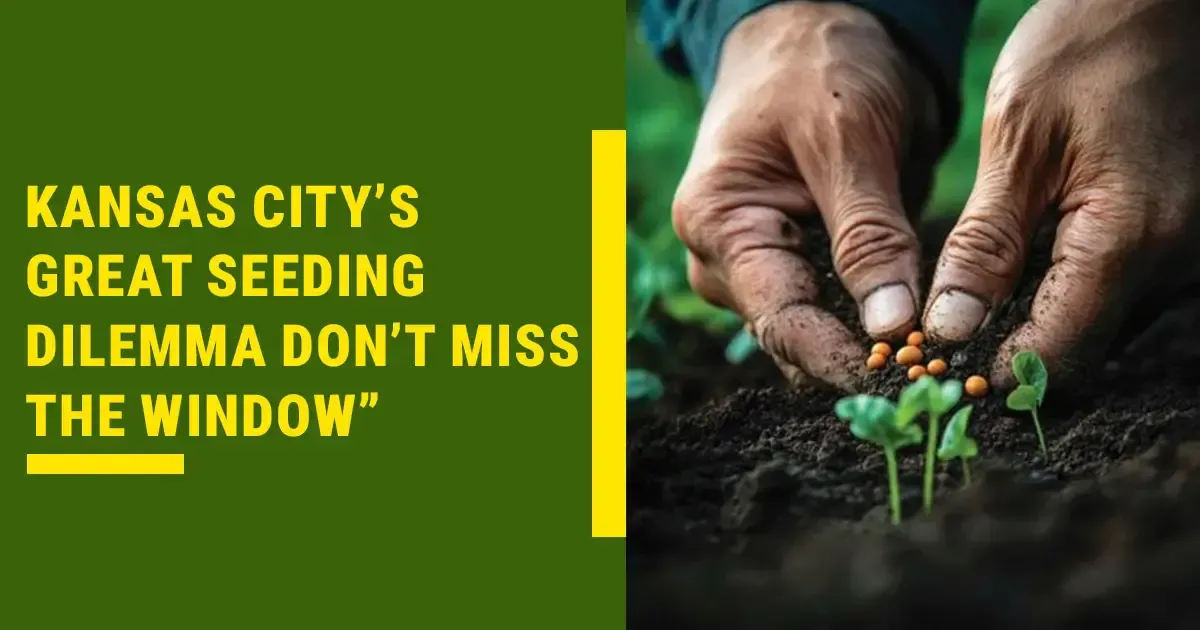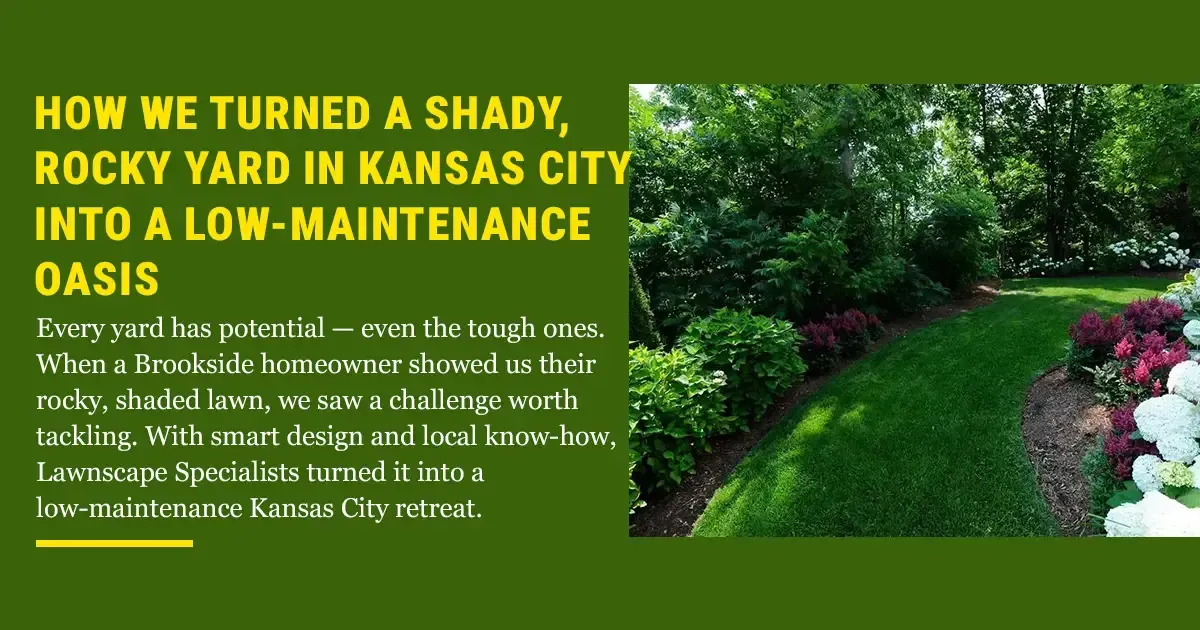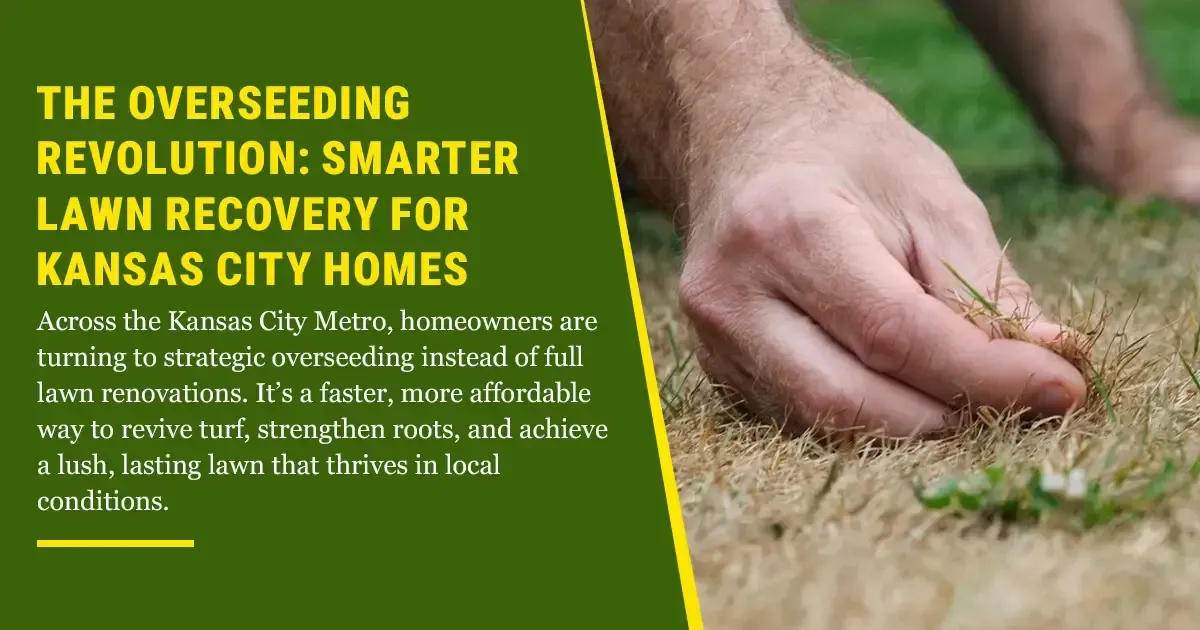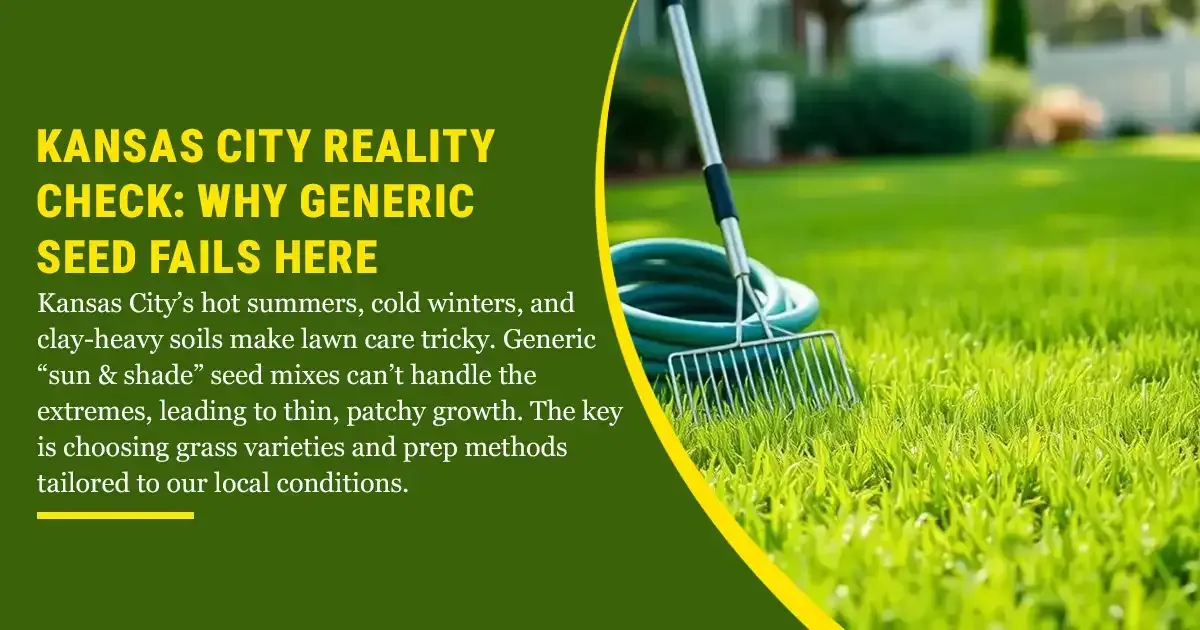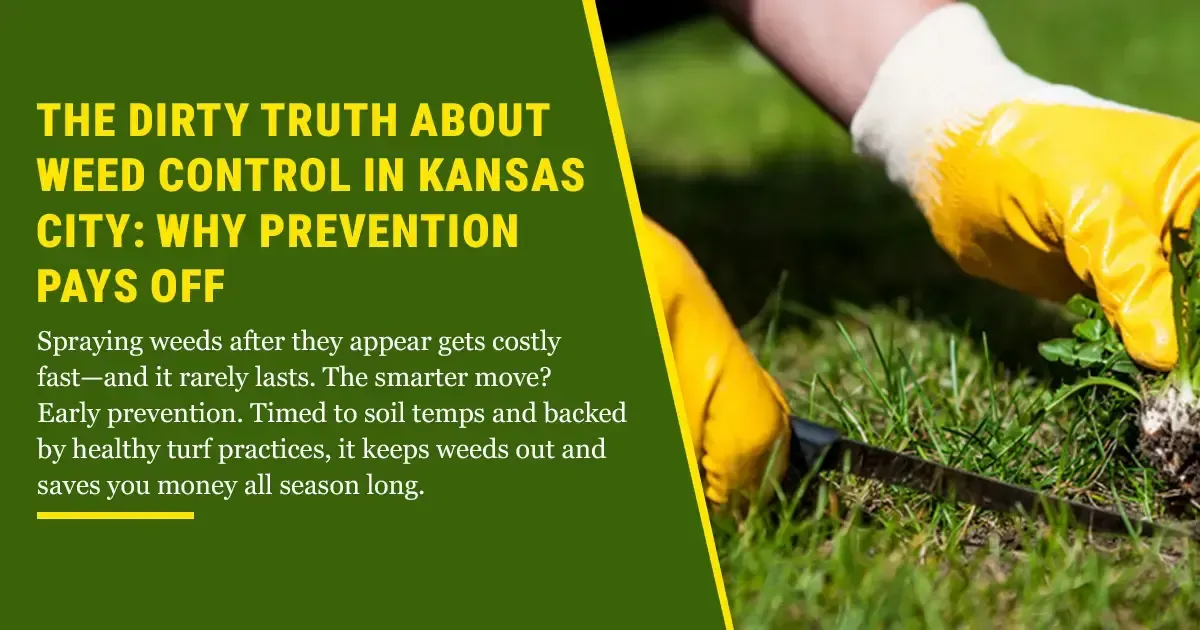The Importance of Native Grass Integration in Landscaping
The Powerful Impact of Native Grass Integration on Landscapes: Enhance Sustainability and Resilience
Native grasses are transforming outdoor spaces across the country. As communities become more aware of environmental challenges, homeowners and landscape professionals are questioning traditional lawn practices. In many cases, non-native lawns require extensive watering, chemical treatments, and maintenance that diminish soil quality and local biodiversity. Integrating native grasses into landscaping is not only an eco-friendly choice but also a practical one for building sustainable and resilient environments.
At Lawnscape Specialists, proudly serving St. Louis and the surrounding Missouri areas, we help homeowners create beautiful, sustainable landscapes that thrive naturally.
Understanding the Value Proposition of Native Grasses in Landscaping
Sustainable landscaping is gaining momentum globally. With water scarcity, environmental degradation, and escalating maintenance costs, many property owners are looking to nature for inspiration. Native grasses offer a strategic alternative by requiring less water, fewer chemicals, and minimal upkeep. Their natural adaptability makes them a cost-efficient and environmentally mindful solution that can transform barren spaces into thriving ecosystems.
The power of native grass integration lies in its ability to mimic natural habitats, support local wildlife, and protect soil integrity. Homeowners find that switching to native species reduces waste and promotes a balanced ecosystem, especially during periods of climate uncertainty.
Recognizing the Market Gap in Current Landscaping Practices
The Challenges Facing Modern Landscapes
Modern landscaping practices often prioritize aesthetics over function. Traditional lawns, while visually appealing, have several downsides. Non-native species can struggle in local climates, demanding high water usage, especially during dry seasons. Heavy applications of chemical fertilizers and pesticides further degrade soil quality, disrupt ecosystems, and contribute to environmental pollution.
- Environmental Degradation: Non-native grasses often fail to integrate seamlessly with indigenous flora and fauna, reducing natural habitats for native insects and birds.
- Over-reliance on Chemicals and Water: Traditional lawns demand regular treatments and irrigation, contributing to local water depletion and harmful chemical runoff into waterways.
Statistics on Environmental and Cost Impact of Traditional Lawns
Studies show that lawns composed of non-native species can use up to 30% more water during hot summer months compared to sustainable alternatives. According to the EPA’s WaterSense program, inefficient irrigation practices contribute significantly to water waste, impacting local resources and increasing utility costs.
Additionally, the excessive use of chemical fertilizers and pesticides leads to declining water quality and biodiversity loss, highlighting the need for more sustainable choices in landscape design.
Exploring the Complexity of Landscape Sustainability
Why Traditional Lawns Are Not Sustainable
- Maintenance and Economic Strain: Traditional lawns often require constant upkeep, resulting in higher costs for water, mowing, and chemical treatments, particularly in drought-prone regions.
- Environmental Toll: Studies from urban areas like Phoenix and Los Angeles reveal that traditional lawns contribute to the urban heat island effect. Replacing non-native lawns with native landscaping can reduce ambient temperatures and lower energy consumption, according to the U.S. Environmental Protection Agency.
Unveiling the Benefits of Native Grass Integration
How Native Grasses Are Beneficial
- Water Conservation: Native grasses are adapted to thrive with minimal watering, making them ideal for regions facing water scarcity and helping reduce utility costs.
- Biodiversity Enhancement: They provide crucial habitat for pollinators, birds, and local wildlife, strengthening the entire ecosystem.
- Improved Soil Health: Deep-rooted native grasses stabilize soil, enhance nutrient cycling, and prevent erosion, contributing to long-term soil fertility and landscape resilience.
Comprehensive Solutions for Integrating Native Grasses
Practical Approaches and Strategies
- Step-by-Step Transition: Evaluate your current landscape, identify soil conditions, choose region-appropriate native grasses, and gradually replace non-native species to promote healthy growth.
- Selecting the Right Grass Type: Research specific varietals based on growth patterns and compatibility with local ecosystems. Regional guides and local gardening centers can offer tailored advice.
- Success Stories: Communities across the southwest have reported dramatic improvements in water conservation and maintenance savings after embracing native grass landscaping practices.
Highlighting Superior Outcomes of Native Integration
Native grass integration offers clear ecological and economic benefits. Homeowners report reduced pest issues, lower maintenance needs, and stronger landscape resilience. Clients who partnered with Lawnscape Specialists to transition their traditional lawns consistently experience noticeable improvements in both aesthetic appeal and sustainability.
Taking the First Steps Towards Sustainable Landscaping
Guidance for Adoption
- Create a checklist evaluating your soil, current lawn conditions, and water availability.
- Research native grasses best suited to your region’s climate.
- Phase out chemical treatments and implement new planting practices seasonally.
- Consult with local landscaping experts for tailored advice and maintenance plans.
Encouragement to Transform Your Space
Small, thoughtful changes in your lawn can lead to big environmental and financial impacts. By integrating native grasses, you create a resilient, eco-friendly landscape that saves water, reduces chemical dependency, and supports local wildlife—all while lowering your ongoing maintenance costs.
Lawnscape Specialists proudly partners with homeowners seeking sustainable transformations, bringing years of expertise in eco-friendly landscape practices.
Recap and Inspire Action
Traditional lawns often come with hidden costs—environmental degradation, high maintenance, and resource strain. In contrast, native grass integration offers lower costs, healthier ecosystems, and lasting beauty. With smart planning and expert guidance, homeowners can enjoy a thriving landscape that supports both their environment and their wallet.
Final Thoughts and Next Steps
Sustainable landscaping is a practical, necessary response to today’s environmental challenges. Native grass integration reduces costs, saves water, and revitalizes ecosystems. Now is the time to assess your landscape, adopt practical strategies, and transition toward a more sustainable future.
Partner with trusted professionals like Lawnscape Specialists to ensure success and maximize your landscape’s potential. Contact us today to schedule a consultation and begin your journey toward a greener, more resilient outdoor space!
Author: Lawnscape Specialists Team

